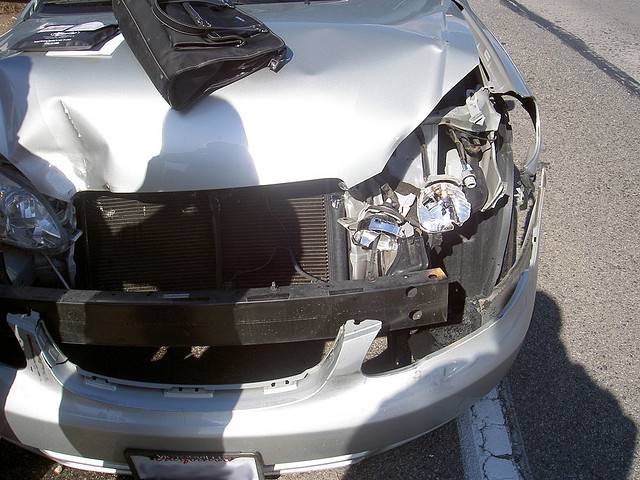Under-insured and uninsured: What’s the difference?

Let’s say you have been in a serious accident, and you were not found to be at fault. Not only was your car totaled, but you are going to require extensive medical treatment as a direct result of the accident. The other driver has auto insurance but is only carrying your state’s minimum coverage. Fortunately, you have under-insured motorist coverage, so you have an added layer of protection. But what’s the difference between under-insured and uninsured?
In this example, the other party’s auto insurance will pay your bills up to the limit of that driver’s policy. With under-insured motorist insurance coverage, your policy will cover bills/liability that exceeds those low limits (again, up to your coverage limits). Also, in addition to being covered in your car, under-insured motorist coverage protects you if you are hit by a car while walking, or riding a bicycle, or even as a passenger in somebody else’s car. This coverage can also be used to cover lost wages as well, if your injuries keep you from your work duties.
Under-insured motorist coverage provides you with similar protection to uninsured motorist coverage, which covers you in the event that the at-fault party has no auto insurance coverage whatsoever. With uninsured motorist coverage, after the example accident above, all payments would be paid out based on your coverage limits, as the other driver does not have any coverage at all.
In many states, under-insured and uninsured coverages are sold together, though some states allow you to carry them separately. If you are comparison shopping for new auto insurance and you’re in a state that offers these coverages separately, we recommend that you at least get uninsured motorist coverage, as without it, even damage/bills from minor accidents (such as a visit to the emergency room for an x-ray) will come out of your own pocket.
October 16, 2024

This was extremely helpful!
Thanks.